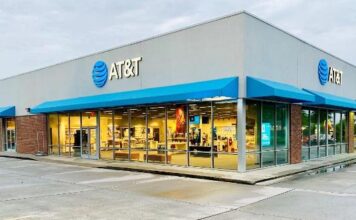Shaw Communications announced the results of its
strategic review of the wireless business opportunity.
Shaw has now completed a thorough strategic review of the wireless business
opportunity including the potential value of wireless in the traditional cable
bundle, the rapid evolution of wireless technologies, the capital needed to
build a competitive wireless network, recent changes in the wireless
competitive environment, and the impact that wireless would have on long-term
shareholder value.
When the company first started looking at the wireless opportunity
it saw wireless as a complementary product in a world where broadband Internet
access is moving increasingly to wireless devices (smartphones, tablets,
laptops, netbooks, etc).
A wireless offering could give it a platform to extend
its services and leverage broadband, video, voice and content/programming
businesses.
However, the economics of a conventional wireless
business as a new entrant are extremely challenging. New entrants lack the
economies of scale and scope to compete effectively against well established
incumbents with ubiquitous coverage, extensive device ecosystems, deep spectrum
positions and large retail networks.
Even with Shaws’ established base and considerable
strengths and assets, it could not justify a wireless network build at this
time.
The company believes that a more prudent approach for it
is to provide a managed Wi-Fi network that will allow customers to extend their
Shaw services beyond the home. This will achieve Shaws objectives without
risking well over $1 billion in capital expenditures on a traditional wireless
network build.
As a wireless broadband technology Wi-Fi is evolving
rapidly with significant improvements in throughput, coverage and reliability.
Wi-Fi technologies are now capable of providing seamless hand-off and extensive
metropolitan area coverage.
Wi-Fi is in virtually all portable consumer devices and
customers are actively seeking Wi-Fi hot spots to reduce data costs and improve
their wireless broadband experience.
The vast majority of tablets sold to date are Wi-Fi only
devices. Wireless broadband is increasingly viewed as a portable and nomadic
service for the consumption of media rich content and video.
Major wireless carriers worldwide are deploying Wi-Fi as
means of offloading 3G/4G traffic thereby reducing network build costs, and
improving capacity and coverage. We believe cable operators are uniquely
positioned to take advantage of Wi-Fi.
“We have decided to focus on strengthening our core
business and leveraging our media and programming assets to support our
leadership position in broadband and video,” said Brad Shaw, chief
executive officer of Shaw.
By Telecomlead.com Team
[email protected]





